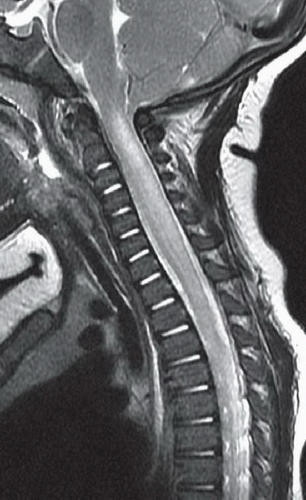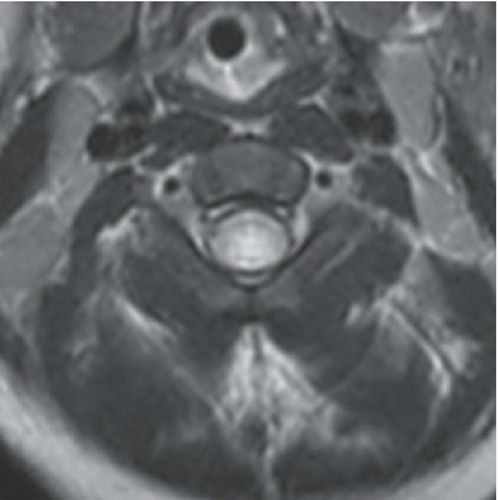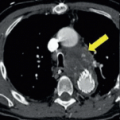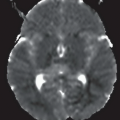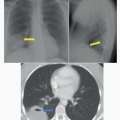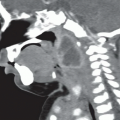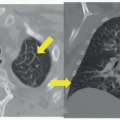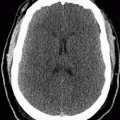Acute Transverse Myelitis
Benjamin Y. Huang
CLINICAL HISTORY
8-month-old female who presented with acute onset of lethargy and weakness. No significant medical history other than a mild upper respiratory infection a few weeks prior.
FINDINGS
Figure 93A: Sagittal T2WI through the cervical spine demonstrates a longitudinally extensive segment of abnormally increased signal within the cervical and upper thoracic spinal cord extending from roughly C1 through T2. The involved cervical cord also appears expanded. Figure 93B: Axial T2WI at the level of C3 demonstrates increased signal involving the entire cross-sectional area of the cord, which is difficult to distinguish from the surrounding CSF. Figure 93C: Corresponding axial contrast-enhanced T1WI demonstrates no abnormal enhancement within the involved cord. A concurrently obtained brain MRI (not shown) was normal.
DIFFERENTIAL DIAGNOSIS
Differential considerations for an intramedullary T2 hyperintense lesion include acute transverse myelitis (ATM), which can be idiopathic or associated with diseases such as multiple sclerosis, acute disseminated encephalomyelitis (ADEM), neuromyelitis optica (NMO), and various autoimmune disorders (e.g. systemic lupus erythematosus, Sjogren’s syndrome, Behcet’s disease, and antiphospholipid antibody syndrome). Infectious myelitis, which can be caused by a number of viral, bacterial, or parasitic pathogens, can be indistinguishable from ATM. Intramedullary spinal tumors such as astrocytomas and ependymomas may also present as expansile cord lesions. These frequently enhance and may demonstrate additional features such as hemorrhage or calcifications. In addition, symptoms due to spinal cord tumors typically develop over a protracted time period. Vascular lesions such as AVMs or dural arteriovenous fistulas (AVFs) can produce spinal cord swelling and edema, but these lesions usually also demonstrate prominent vessels in or on the surface of the spinal cord. They also present more insidiously unless they have acutely hemorrhaged. Furthermore, dural AVFs usually present in middle-aged and elderly men and involve the distal cord and conus. Spinal cord ischemia is typically a disease of older adults with a history of severe atherosclerotic disease, and may demonstrate
signal abnormality isolated to the anterior gray matter horns of the spinal cord.
signal abnormality isolated to the anterior gray matter horns of the spinal cord.
Stay updated, free articles. Join our Telegram channel

Full access? Get Clinical Tree


